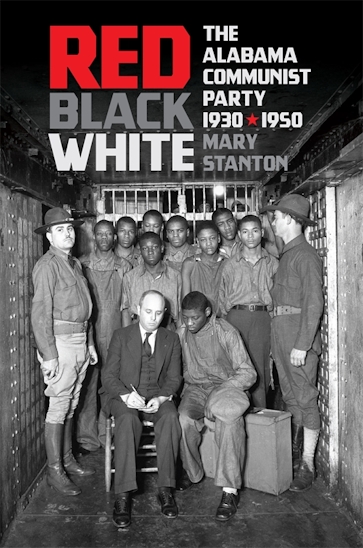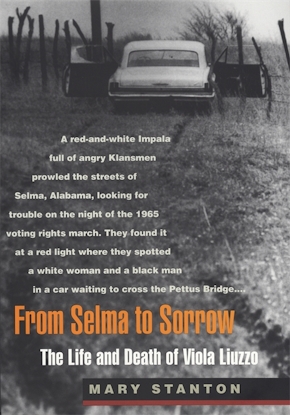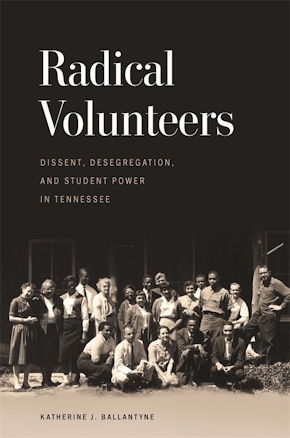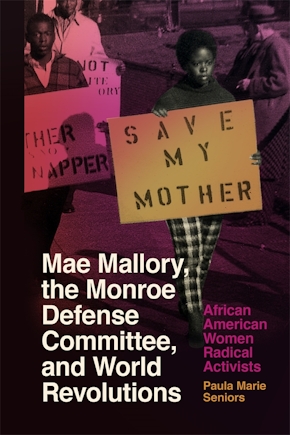Red, Black, White
The Alabama Communist Party, 1930–1950
Title Details
Pages: 248
Illustrations: 19 b&w images
Trim size: 6.000in x 9.000in
Formats
Paperback
Pub Date: 11/15/2019
ISBN: 9-780-8203-5617-4
List Price: $30.95
Hardcover
Pub Date: 11/15/2019
ISBN: 9-780-8203-5616-7
List Price: $104.95
Subsidies and Partnerships
Published with the generous support of Bradley Hale Fund for Southern Studies
Related Subjects
POLITICAL SCIENCE / Civil Rights
POLITICAL SCIENCE / Political Ideologies / Communism, Post-Communism & Socialism
Other Links of Interest
Red, Black, White
The Alabama Communist Party, 1930–1950
Skip to
- Description
- Reviews
Red, Black, White is the first narrative history of the American communist movement in the South since Robin D. G. Kelley's groundbreaking Hammer and Hoe and the first to explore its key figures and actions beyond the 1930s. Written from the perspective of the district 17 (CPUSA) Reds who worked primarily in Alabama, it acquaints a new generation with the impact of the Great Depression on postwar black and white, young and old, urban and rural Americans.
After the Scottsboro story broke on March 25, 1931, it was open season for old-fashioned lynchings, legal (courtroom) lynchings, and mob murder. In Alabama alone, twenty black men were known to have been murdered, and countless others, women included, were beaten, disabled, jailed, “disappeared,” or had their lives otherwise ruined between March 1931 and September 1935. In this collective biography, Mary Stanton—a noted chronicler of the left and of social justice movements in the South—explores the resources available to Depression-era Reds before the advent of the New Deal or the modern civil rights movement. What emerges from this narrative is a meaningful criterion by which to evaluate the Reds’ accomplishments.
Through seven cases of the CPUSA (district 17) activity in the South, Stanton covers tortured notions of loyalty and betrayal, the cult of white southern womanhood, Christianity in all its iterations, and the scapegoating of African Americans, Jews, and communists. Yet this still is a story of how these groups fought back, and fought together, for social justice and change in a fractured region.
—Robert Greene II, The Nation
—Tony Pecinovsky, People’s World
—Paul Buhle, The Labor and Working-Class History Association
—Jordan P. Brasher, Historical Geography 48
—James Smethurst, Science and Society



